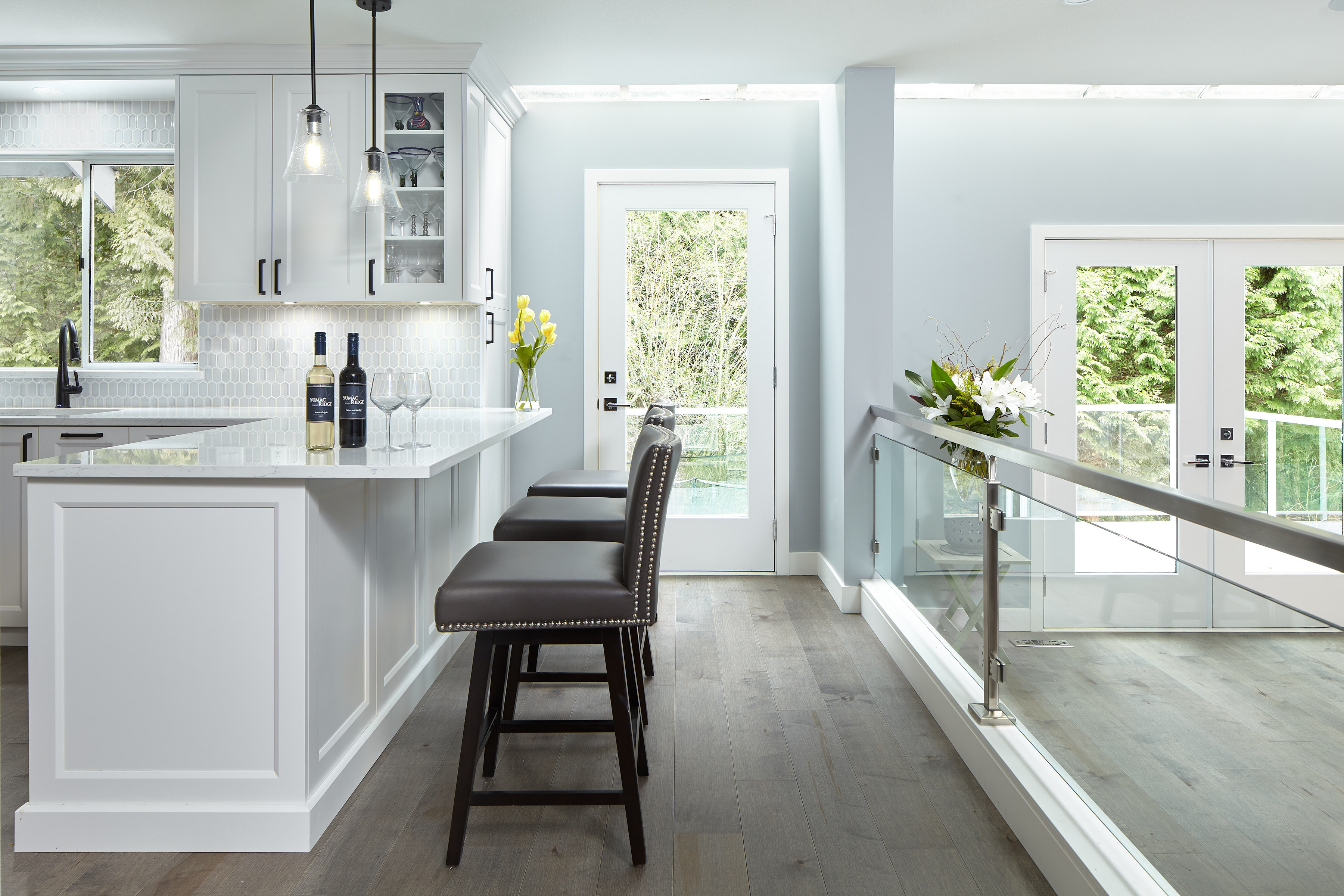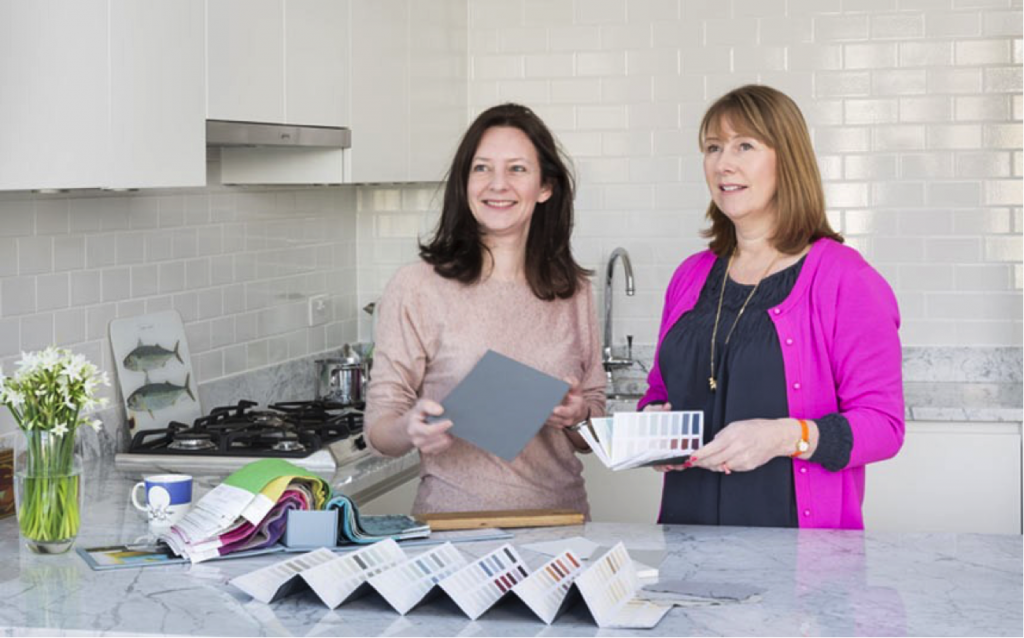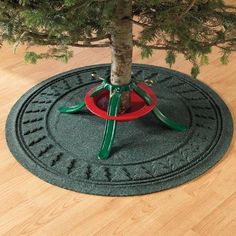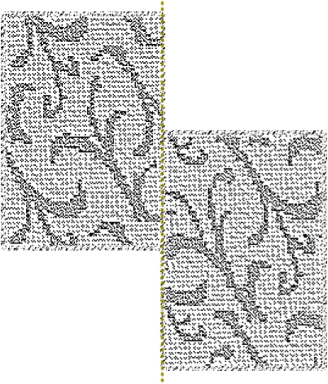Check out this informative link below from our friends at Shnier who have an article on why floating floors fail. Following these steps can make a dramatic difference on the life of your floating floors!
Benefits of Hiring Professional Consultants For Your Commercial Painting & Flooring Projects
This Month, we’re pleased to offer a guest blogger, our affiliated commercial painting company, Wolfgang Commercial Painters’ Marketing Manager Deana Srdic. Deana weighs in on the benefits of using a company which offers professional consultants.
Investing in your home should be a rewarding process from decision to make a change, research, selection of supplier and finally, the completed project. To ensure a successful interior design process, both MIRA Floors & Interiors and Wolfgang Commercial Painters offer complimentary, no obligation quotes and professional consultant services for window and floor coverings and paint colour.
Here’s our take on the top three benefits of working with a company offering a consultant:
1. A professional, third opinion
MIRA Floors & Interiors and Wolfgang Commercial Painter consultants are professionals. Their day to day business interactions are centered around helping you find the right window, floor and paint colour to perfect your space. They aim to complement personality, space restraints and end goals, completing the design process seamlessly. MIRA Floors & Interiors and Wolfgang Commercial Painters consultants offer value and can work on or off site, whenever is most suitable to you. Our consultants are a reliable third party when choosing colour and design schemes. Plus, they’ve got years of professional experience; they know what works and won’t.
2. Endless selection
Ideal window, floor and colour pairings are easily passed over and often not considered before making a decision. Our consultants suggest winning combinations that are timeless and suit the individual’s personality and needs. Our consultants listen first, then get to work creating palettes sure to please. They also bring along window covering, floor and colour samples for a tangible sample to test and discuss.
3. Simplicity!
Book a free consultation with MIRA Floors & Interiors or Wolfgang Commercial Painters and enjoy the benefits of a professional consultant immediately.
Replacing your windows and floors and repainting is an investment into preserving your home and building. Consultants allow your style and preference to shine when re-creating your personal space. Competitive pricing and best in class quality, go with the pros at MIRA Floors & Interiors and Wolfgang Commercial Painters and let their value added consultants lead you down the path to a beautiful home!
Article written by Deana Srdic, Marketing Manager at Wolfgang Commercial Painters, MIRA Floors & Interiors affiliated trade partner for commercial painting.
The Season to protect your floors from Christmas tree damages
The Christmas tree is a symbol for hope, and togetherness and is a core part of the celebration and anticipation of the Christmas season. Families often look forward to picking out the right tree, and decorating in their homes during the Christmas holiday.
Whether your Christmas tree is a live pine, fir, spruce, cypress, cedar or an artificial tree, we have you covered. Here are some tips that will help prevent your floors from damages which can save you the hassle of floor repair costs during the holiday season.
Potential Issues and Damages
Sap Leakage and Stains
Sap leakage can occur from the trunk and branch of live trees. A newer cut tree will typically have more sap inside and thus be more prone to leakage.
Acidic stains can occur from fallen pine leaves also known as pine needles which can cause damage to your carpet and hardwood floors. Pine needles can also be a hazard to small children and pets.
Water leakage
Another potential issue which can be caused from over watering or not having the proper tree protection such as a Christmas tree mat. Carpet and under-pad staining is a potential risk factor.
Scratches
Improper use of or minimal floor protection with tree floor stands can cause damages to the surface of your hardwood floors.
Mild scratches can also occur from pine needles being left on your hardwood floor.
Proper Maintenance
Small children and pets should be always supervised while around a Christmas tree to prevent tipping. Barrier protection such as baby gates are a great option in ensuring the added safety of your pets and children.
Vacuuming and sweeping pine needles regularly, can prevent or reduce the risks of staining and scratches to your floors surface.
Self adhesive felt pads should be placed on the legs of the christmas tree stands if you do not have a mat, this can prevent scratches and marks on your hardwood floors surface.
Watering your live Christmas tree frequently will prevent it from drying out which can turn your tree into a fire hazard. A Christmas tree stand is required.
Water guard Christmas tree mats are one of the the best options to protect your tree from leakage, and scratches. If you need something more decorative you can add a Christmas tree skirt, which can be found in a variety of colours. To play it even safer you can place a waterproof plastic garbage bag under the Christmas tree mat for that extra layer of water protection against your floors.
Artificial trees might be most convenient alternative due to the minimal maintenance process involved. For those who want to lower the chances of damages, leakage, and staining to their floors an artificial Christmas tree is recommend.
Hope you have a safe, and damage-free floor this Christmas holiday season. Merry Christmas.
Assessing carpet pattern matches
What is Pattern Matching?
Patterned carpets consist of printed or tufted designs that repeat at regular intervals at the length and width. These regular repeats are designed to match side by side, allowing the installer to maintain pattern uniformity when additional carpet thickness are side matched during installation. To obtain this goal, the installer needs to know how to give pattern repeats and they should also factor it in relation to the entire room size.
In most cases, pattern repeats are designed to side match in their full width and estimated to match based on multiples of the length repeat.
Pattern match variations should be checked for during the dry-lay processing in order to best determine the roll sequence.
What Are The Different Types of Pattern Matches?
Set Match
If a carpet is designed with a set repeat, the adjoining area should be estimated based on even multiples of the length repeat. For example, if the carpet has a 36” x 36” set length repeat and the room length is 23 feet.6 inches the first drop would require no more than 23 feet. 6 inches. However if an adjoining drop is needed this second area measurement must take into consideration the next highest even multiple of 36 inches. Based on this, the adjoining area must be 24 ft. long in order to obtain a proper set pattern match at the seam.
Half Drop
Half-drop pattern repeats produce a diagonal alignment across the width of the carpet and they are designed so that the length of an adjoining area can be calculated by estimating the length repeat plus one half of the repeat. Half-Drop length repeats can be lined to a stair step in appearance.
Brick Repeat/Drop Match/Half Step Forward
The Brick repeat is not often encountered. If a carpet has a 20”x 20” brick repeat, the length can be found by dropping down 20 inches from the pattern repeat point and moving across the width 10” (half a step forward of the 20 inches wide pattern repeat).
Carpet requirements for this type can be calculated similar to the method used to calculate half drops and other half repeat patterns.
CARB Compliant Flooring FAQ
The safety of laminate flooring has come under fire in recent months with the 60 minutes story on Lumber Liquidators and Lowe’s pulling Chinese laminate over formaldehyde concerns. At a recent home builder’s trade show we were still fielding questions of how to talk about California Air Resource Board (CARB) compliance with customers. Everyone just wants to know their floors are safe for their families. Here are a few frequently asked questions about CARB compliant flooring.
What are California Air Resource Board (CARB) regulations?
The California Air Resource Board requires all composite wood products (e.g. particleboard, medium density fibreboard and hardwood plywood) for sale in California to be certified as complying with California’s formaldehyde emission standards. For flooring manufacturers, this means their laminate and engineered hardwood flooring has to be manufactured with certified composite wood products. Composite wood producers are required to have their products tested by a third-party certifier. Flooring manufacturers must label their laminate and engineered hardwood flooring boxes to indicate they were made using CARB compliant composite wood products. CARB regulations only apply in California. In Canada, there are no similar rules to regulate formaldehyde emissions from wood products.
What flooring does CARB regulations apply to?
CARB regulations apply to laminate and engineered hardwood since these products are made with composite wood products. They do NOT apply to solid hardwood and vinyl flooring.
What is formaldehyde?
Formaldehyde is a colourless, strong-smelling chemical often used to make home building products. In everyday life, we are exposed to formaldehyde through tobacco smoke, cars, fires and even some glues and cleaning products.
How can I tell if my flooring is CARB compliant?
The CARB indoor air-quality standards were implemented in two parts. The second phase implemented in 2012 lowered the formaldehyde limit to a more stringent 0.05 parts per million. We recommend checking that laminate and engineered hardwood meet this second phase of CARB standards, known as CARB 2.
In the wake of the alleged issues with Lumber Liquidators laminate, flooring manufacturers are being more transparent about their supply chains and CARB certifications. The recent news has taught the flooring marketplace the value of asking more questions. Does the flooring manufacturer produce their own products or buy from others? If they buy from other suppliers, what do they do to ensure the products meet air-quality standards? Do they sell CARB compliant products to all customers or just those in California? Do they do additional testing? Do they go above and beyond CARB compliance by submitting their products for additional certification from independent third-parties?
Two flooring manufacturers that are exceeding expectations in their commitment to safe, sustainable products are Shaw Floors and Armstrong. Read the Shaw Floors laminate and hardwood certifications statement and the Armstrong’s eco-friendly laminate page for more information.








